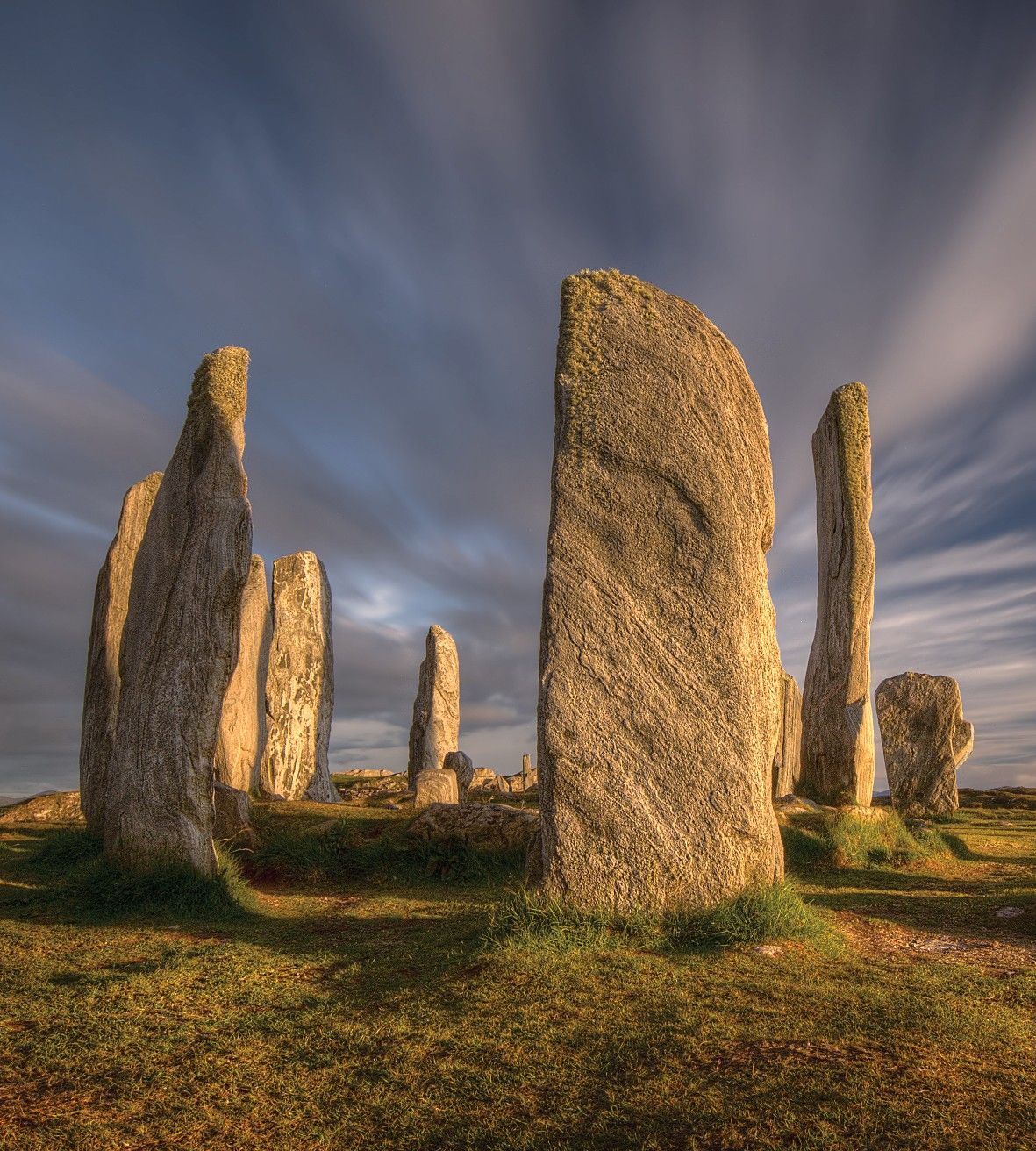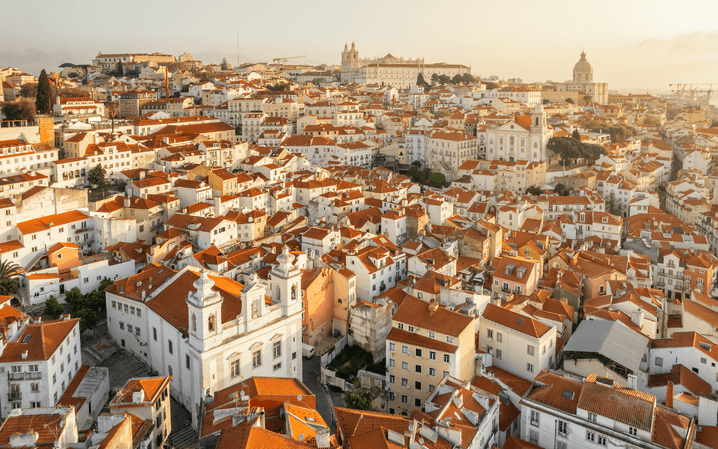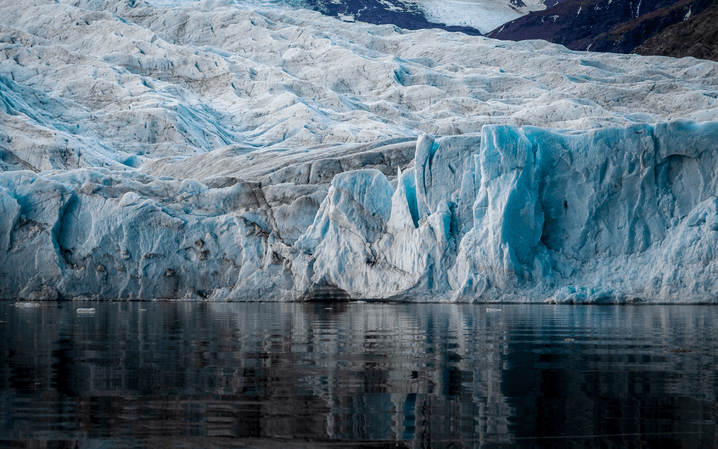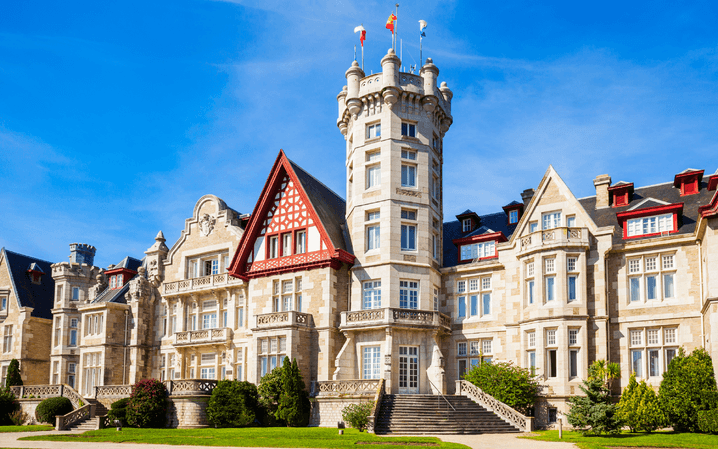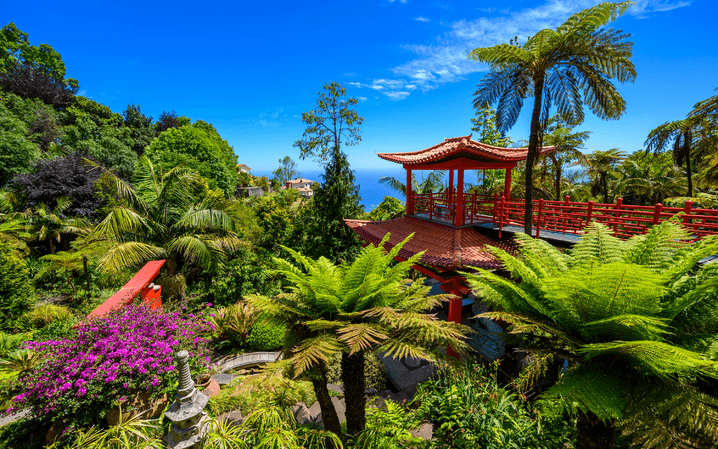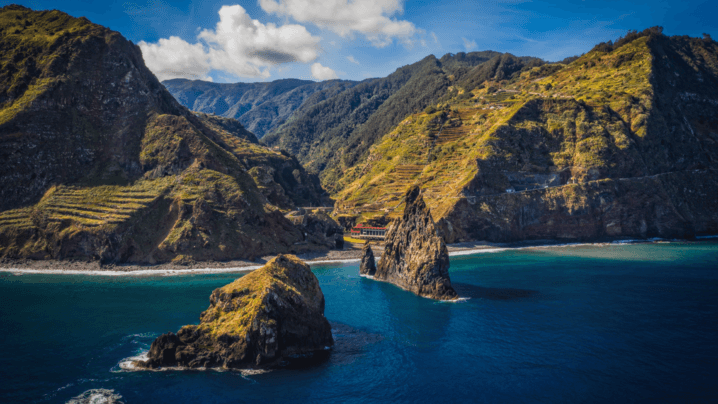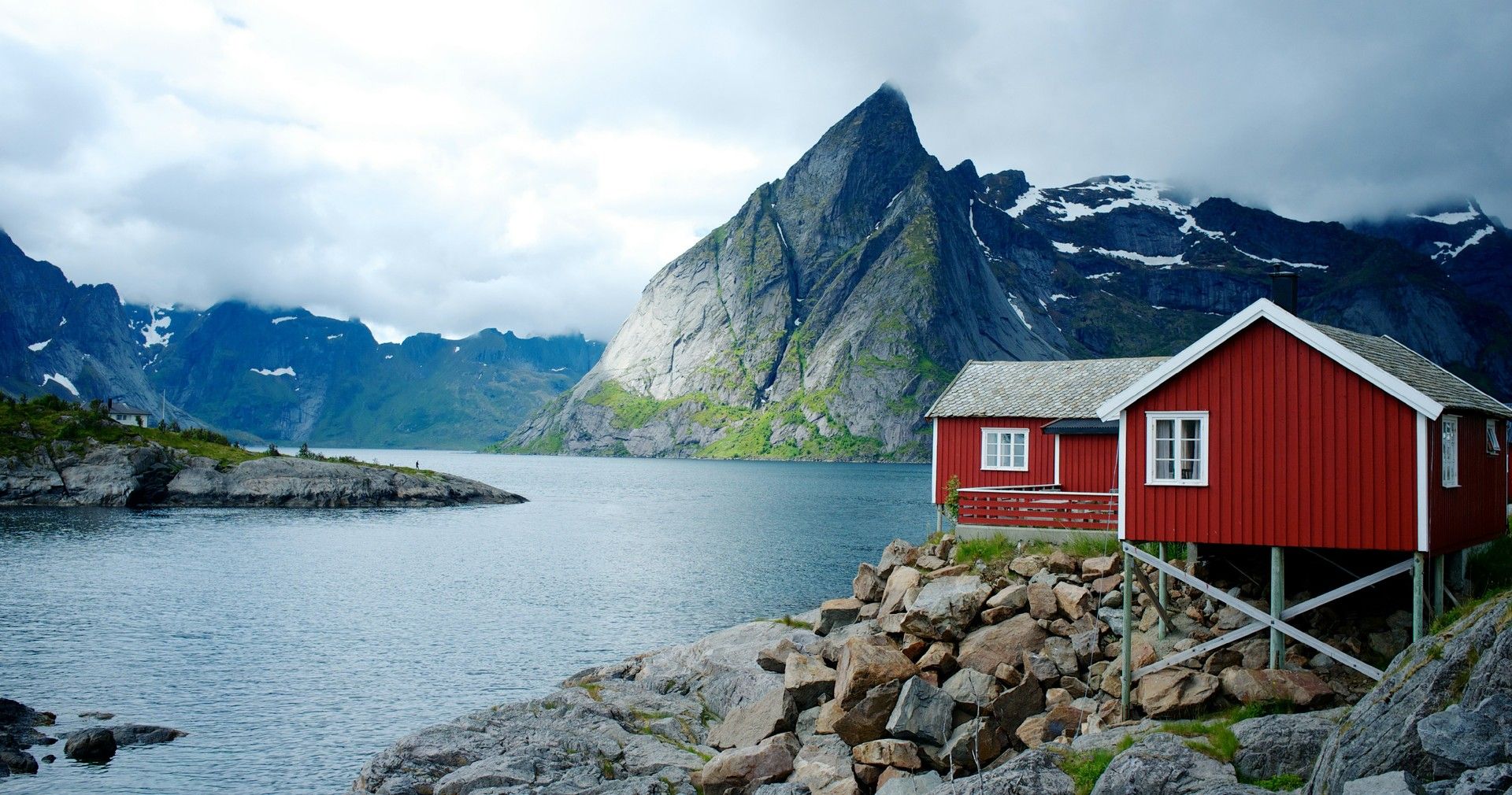
EUROPE
Explore Western Europe’s enchanting beauty and endless secrets…
What Awaits You
Discover the wonders of a region known for its breathtaking natural beauty, lively traditions and captivating history. Home to spellbinding beaches, charming fishing villages, and atmospheric cities, sailing here with Swan Hellenic will leave you with special stories you’ll treasure forever.
Ancient allure
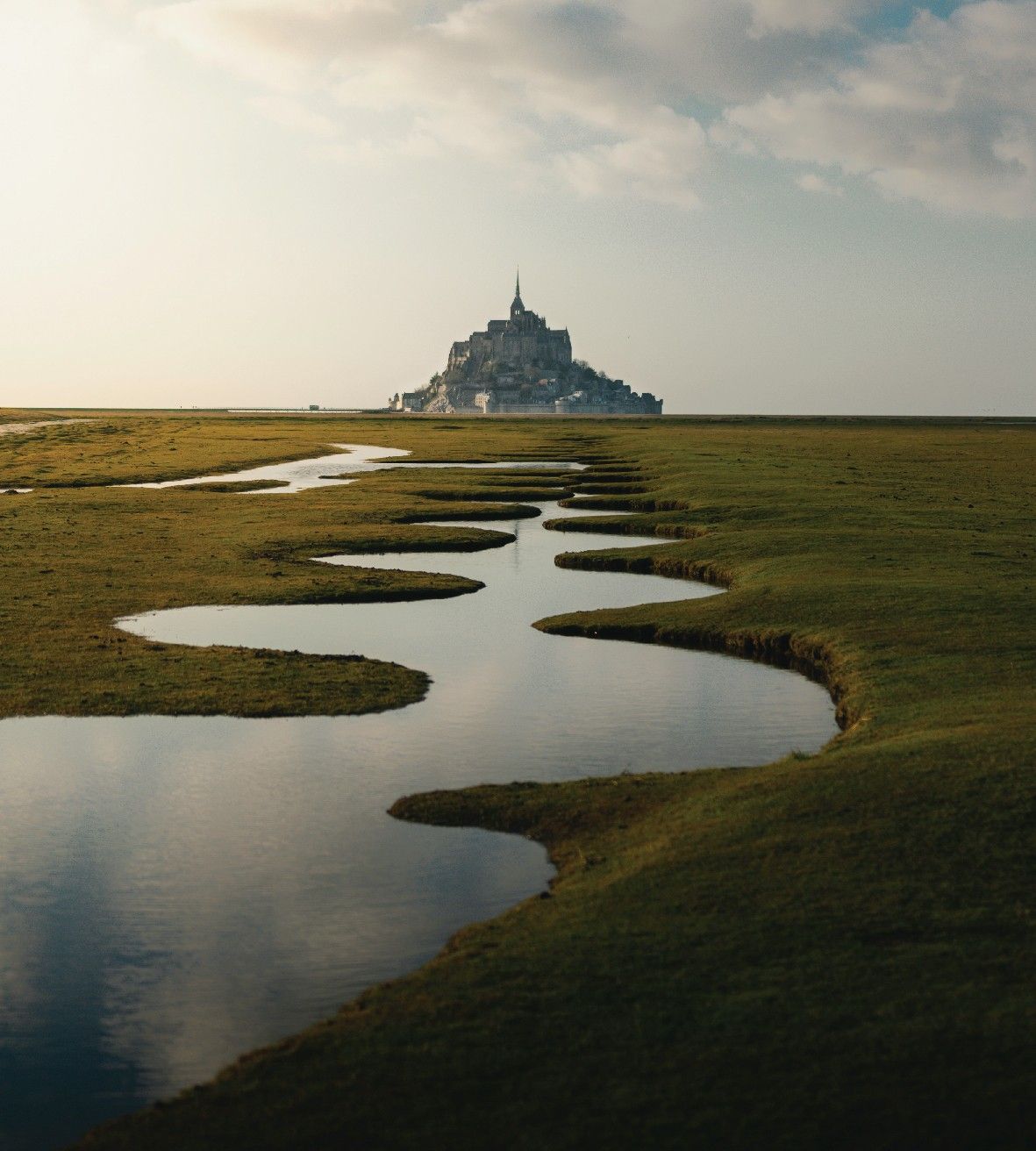

Become one with the past
